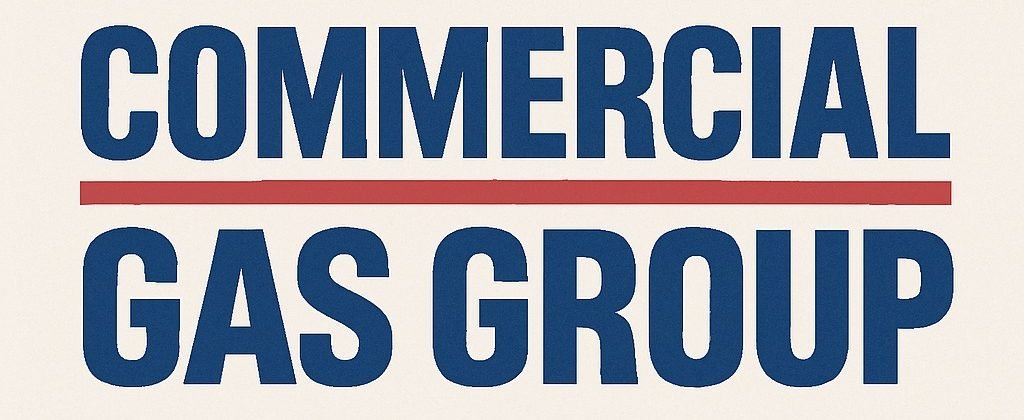Gas Testing & Gas Purging
Who can carry out gas purge testing?
Why is purge testing necessary?
The process is necessary to ensure that the further stages of maintenance work, installation, or decommissioning can take place within a safe environment. This is not just to mitigate against the risk of fire or explosions, but also to avoid the inhalation of toxic gases that could cause respiratory problems, illness or even be fatal.
If the commercial gas system is to be decommissioned, a purge test will be performed
beforehand to ensure that the installations can be safely removed or capped. All decommissioning projects should be carefully planned with a full risk assessment and an
emergency response plan should be put in place.
What does gas purging involve?
The purge test involves introducing an inert gas at a set pressure and flow rate into the system, in order to decrease the concentration of hazardous gas. The gas engineer will use specialist equipment to analyse the atmosphere and measure when the flammable natural gas has reached a level that is low enough for it to mix safely with air.
There are two main methods of purging, usually referred to as direct purging and indirect
purging. Direct purging involves injecting an inert gas such as nitrogen directly into the
system to displace the natural gas.
Indirect purging involves injecting an inert gas into the system to reduce the concentration of the hazardous gas. Once the gas has been tested and is at safe and acceptable levels, it is discharged into the atmosphere. Both methods are a safe and effective way of managing risk and ensuring that the system is safe for further work.
What is gas tightness testing?
Gas tightness testing is carried out on existing pipework to ensure that commercial gas installations are in safe working order, efficient and in compliance with the Gas Safety
(Installation and Use) Regulations (1998). A key element of the test is to ensure that the gas is flowing correctly and at the required pressure levels.
The tests must be carried out by a qualified Gas Safe engineer who is authorised to issue a gas safety inspection certificate. This document will serve as proof that the business owner is compliant with the regulations, and is usually required on an annual basis to validate commercial building insurance policies.
